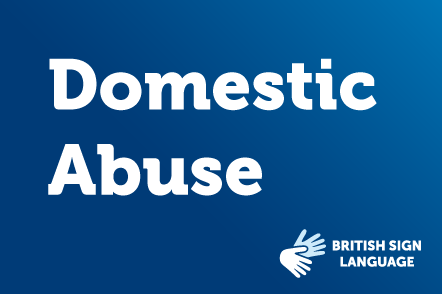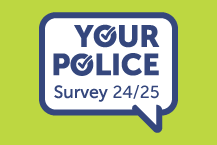Taser
This video features Sergeant Kirsty Duffin and Inspector Jim Young from our National Taser Unit.
Background
Police Scotland has a duty to protect life and ensure the safety of police officers and the public. Police officers carry Taser as one of their options to protect people from violence.
Officers will use their communication skills and assess an incident before deciding whether Taser is appropriate as a last resort. Taser is only discharged in 15 per cent of uses.
Originally, Taser was only carried by firearms officers. Assaults on police officers have increased and officers need to be provided with additional tactical options to better protect them and the public.
Police Scotland established Specially Trained Officers in 2018 who work in local policing divisions and are available as a specialist resource to be deployed with a Taser, if necessary.
Frequently Asked Questions
Q. What is Taser?
A. Taser is the brand name of a Conductive Energy Device (CED).
Taser initially generates around 50,000 volts of electricity, mainly to allow the wires to pass through the air and through clothing. Once it makes contact with somebody, it drops to 1,500 volts delivered in extremely short pulses.
It can stop the person moving, allowing police officers to remove the threat the person is posing to themselves or others.
Q. How is a Taser used?
A. In the UK, use of Taser does not necessarily mean it’s fired (or discharged) at a person.
We recognise the importance of de-escalating a situation, so we differentiate use into individual types: drawn, aimed, red dot, arcing or contact mode. Discharged is when the metal probes are fired from the device.
All uses are reviewed and if it’s fired, it will be reported to the independent Police Investigations Review Commissioner (PIRC).
Q. Why use Taser?
A. Taser can be a useful tool to protect people from violence or threats of violence. Other more traditional use of force methods such as baton strikes and prolonged physical restraint can lead to injury to both the person and officers. Any use of force must be fully justified and proportionate to the threat faced.
The nature of policing means officers often respond to dynamic, fast-moving incidents where information is limited and time is critical.
They might not know the age or history of that person. Officers still have to quickly deal with the circumstances presented to them. The priority is removing the risk anyone presents to themselves or others.
Q. What is the training like?
A. Officers undergo thorough training which focuses on de-escalation and when to use a Taser. It’s a four day pass or fail course covering practical and theory. They also complete annual refresher training once a year.
Officers use a UK-wide decision making model on a daily basis to help them assess whether any use of force might be required, so that consistent thought process and model is always being applied. We want officers who will calmly assess a situation and think carefully before considering using Taser.
Q. What happens to someone when a Taser is discharged at them?
A. The normal reaction of a person exposed to the electrical discharge of a Taser is the loss of muscle control which can make the person fall to the ground and stop them from causing harm to themselves or others.
Recovery from these effects can be almost instant once the discharge turns off. Anyone who experiences a Taser discharge is examined by a medical professional.
To learn more read our Use of Force quarterly forms (which includes Taser).
National Taser Advisory Group
Police Scotland set-up a National Taser Advisory Group and met for the first time in February 2022. It contains a number of groups representing areas of the community such as disability, mental health, children’s rights and human rights.
The key function of the group is to act as a critical friend to advise on the impact Taser may have on their areas and how that might be mitigated.
What is Taser - Easy read document






